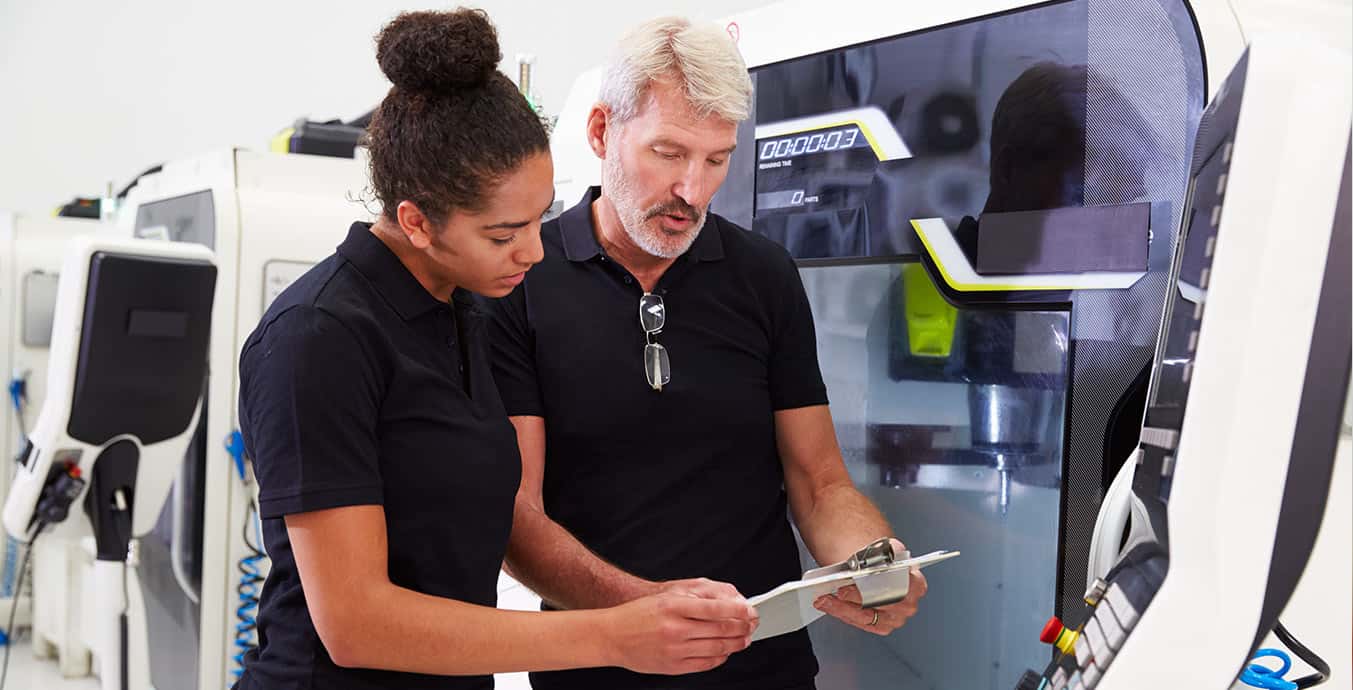
When metalworking fluids like machine coolant get dirty, it can result in multiple problems for operation in the industry. When coolant and system filters are improperly maintained, it doesn’t just damage the equipment, but can also harm the machinists using it.
Operators agree that when properly mixed, machine coolants can give off a pleasant scent. However, when incorrectly maintained, it can result in a foul odour. While this stench creates an unpleasant working environment, rancid coolant isn’t just hard on the nose. It can also negatively impact worker health, as well as machine and tool life, resulting in having an effect on the finished work piece.
In this blog, we’ll study some compelling reasons as to why you should always keep your coolant clean.
Unwanted irritation and skin conditions
Even when freshly mixed, machining coolants are packed with additives that can cause rashes, irritation and dermatitis. While chemical inclusions like biocides, corrosion inhibitors, emulsifiers and anti-foaming agents enhance machine processes, contact with human skin is best avoided. However, as cutting fluid becomes more contaminated, the concentration of such additives can reach conditions deemed unsafe. Furthermore, when a machine tool sump is not correctly maintained, it can provide an ideal breeding ground for unwanted microbes.
Even at low concentrations, such bacteria can change the coolant’s pH levels that leads to rusting equipment, but can also aggravate small breaks in the skin incurred while working, like scratches and cuts. Micro-abrasions happen when exceptionally fine swarf and chips in dirty coolant are ejected from the workpiece during cutting. As the machinist wipes away the coolant, the microscopic fragments scratch the skin. Often only recognised as irritated skin due to their size, the dirty coolant-related cuts increase the chance of infection.
Harming the respiratory system
While less noticeable than a reaction from our skin, the delicate tissue that lines our lungs can be even more susceptible to issues from dirty coolant. Processes involving higher spindle speeds can see fine mists of coolant generated and inhaled easily. However, the negative health impacts connected with this mist are often not noticed for many years. While even clean coolant is best inhaled in limited volume, dirty and contaminated coolant with higher levels of additives can be even more harmful.
Impacting machine tool life, among other parts of metalworking equipment
Cutting fluids like machine coolants are multi-purpose, supplying much needed lubrication while transferring heat away from the work zone. When coolant starts to break down, a wide range of extreme pressure (EP) compounds within its formulation start to lose their efficacy, including chlorine and sulphur among others. As a result of these loss of properties, tool and machine life are both affected, but other problems such as part quality and accuracy can also arise.
In simple terms, dirty coolant alters the composition of the lubricant, which impacts how well it performs its roles. Machine tool life always suffers if concentrations fall below the manufacturer’s recommended minimum concentration levels. As the coolant breaks down, it can’t protect the machine’s components from wear and tear, extreme heat, and also corrosive processes such as rust.
While dirty coolant can damage tool life, it can also cause extensive harm to machines as well as specific parts that handle the fluid during processes like pumps and filters.
While microscopic, dirt in contaminated coolant is exceptionally abrasive. As a result, it can scratch paintwork and inflict damage on the glazing of a machine’s windows, or on models of machines which feature a clear cabinet around the work zone. Dirty machine coolant can also harm and wear out pumps. High-pressure pumps are especially at risk, even those featuring extra filtration systems designed to protect the pump against wear.
This means that a cost of filter changing incurs, ensuring that the filter is being changed and never bypassed due to a loss of functionality. Some operators attempt to simply remove the filter, however this ultimately puts increased pressure on expensive components, wearing them out more quickly.
Best practices for maintaining machining coolant
Operators involved in metalworking processes should take precautions to prevent harm to their health and wellbeing. Where appropriate, PPE should be adopted by machinists, with heavy gloves and face masks worn as required. Whether dirty or fresh, coolants should always be treated with respect when handled, and hand washing should be carried out after each interaction.
Machining coolants should be regularly skimmed and tested. Monitoring concentration and pH levels of coolants in use will not only keep operators safe by enhancing health and safety, but improve the lifespan of the machine tool and the machine itself. This can save operations money in the long term. Not only does it protect equipment which represents a significant investment, but also avoids the costs of unwanted downtime that harms productivity, not to mention expensive repairs and replacement parts.








































